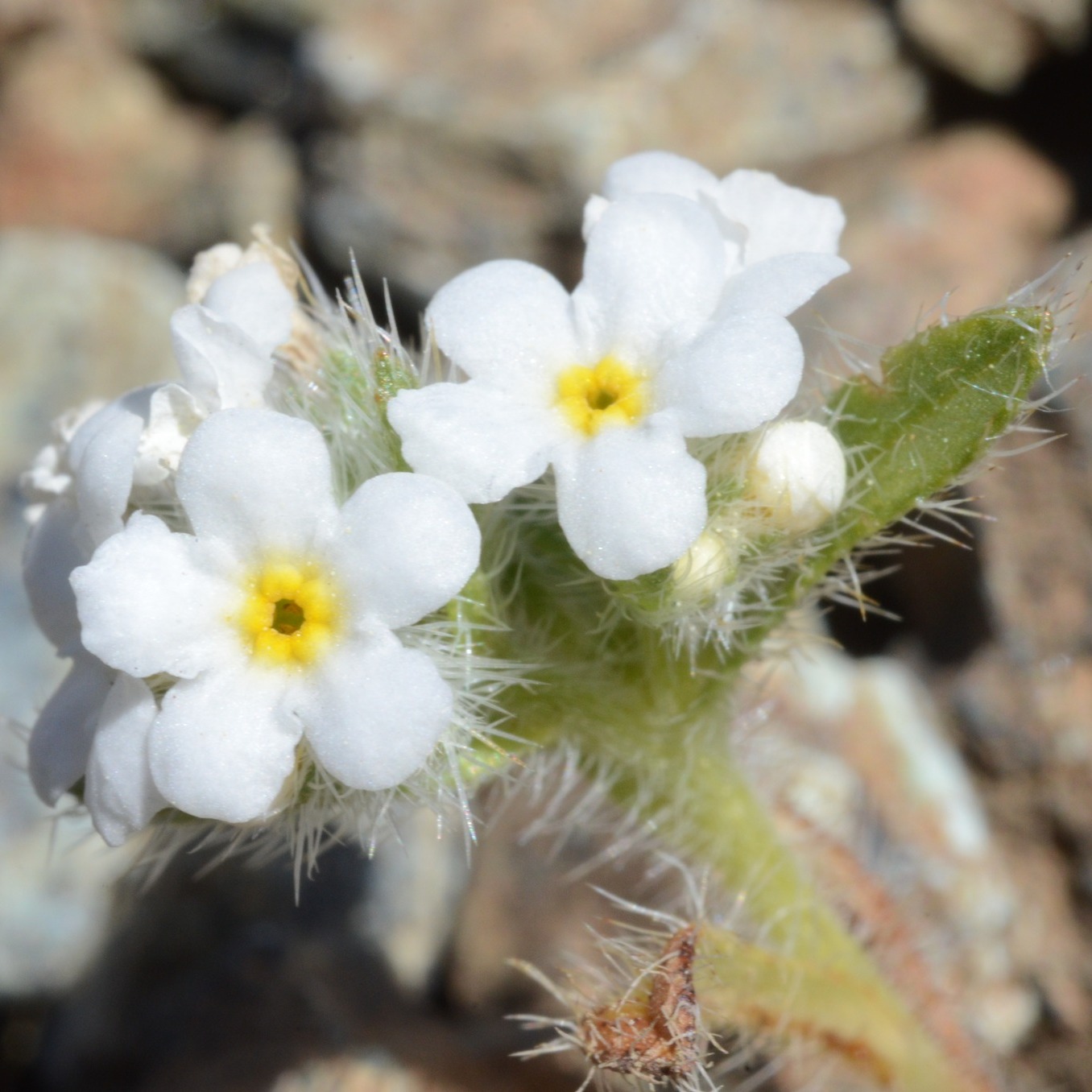- Introduction to Cryptantha whippleae and its environment
- Adaptations to thrive in serpentine soil
- Ecological significance and impact on Northern California’s biodiversity
- Conservation challenges and strategies
- Future research directions and zoological implications
In April 2024, a remarkable botanical revelation came to life when Cal Academy researcher Dana York described a previously unidentified flowering herb, Cryptantha whippleae. This fascinating species is exclusively found in Northern California, thriving in the challenging serpentine soil, a substrate notorious for its rocky composition, high heavy metal concentrations, and nutrient scarcity. Understanding Cryptantha whippleae’s existence offers unique insights into the adaptive prowess of flora inhabiting adverse environments and serves as an opportunity for conservationists and zoologists alike to protect a fragile ecosystem.
The genus Cryptantha, belonging to the Boraginaceae family, is renowned for drawing scientific interest due to its adaptability. Cryptantha whippleae is not just another member of this genus, but a distinct species thriving amid the inhospitable milieu of Northern California’s serpentine landscapes. This plant presents its delicate, papery petals—a misleading façade given its remarkable resilience. The region’s serpentine soil is a product of California’s unique geological history, hosting mineral compositions that challenge plant survival. Cryptantha whippleae has evolved an impressive toolkit of adaptations to not just survive, but flourish in this terrain.
Serpentine soils are defined by their high magnesium to calcium ratios, insufficient nitrogen and phosphorus levels, and elevated concentrations of heavy metals like nickel and chromium. Such demanding conditions make it difficult for less robust plant species to thrive, creating a habitat where only the most finely tuned organisms succeed. Cryptantha whippleae tackles these challenges with a suite of adaptations. Its root system is efficient in extracting scarce nutrients, and its physiological processes are finely calibrated to tolerate toxic metal levels. This enables Cryptantha whippleae to fully leverage the harsh conditions to which it has adapted, reducing competition from less hardy species.
This remarkable plant is more than just a biological curiosity; it plays a vital role in the ecosystem’s biodiversity. Cryptantha whippleae, through its unique adaptations, supports a variety of local wildlife. The flowers, though delicate in appearance, are potent nectar sources for certain pollinator species which have coevolved adaptations in response to the specific availability of this resource. These pollinators, in turn, play crucial roles in the broader ecological community, influencing plant reproduction and genetic diversity across ecosystems.
However, the future of Cryptantha whippleae is not devoid of significant hurdles. The specific localization of this plant and its critical ties to serpentine soil environments make it acutely vulnerable to environmental changes. Land development, climate change, and disturbances from human activities present substantial threats to its survival. Conservationists must devise strategies to protect this species, encompassing efforts like habitat preservation, reducing environmental contaminants, and fostering environmental education to inform the public about the significance of such niche habitats.
Looking forward, further research into Cryptantha whippleae holds promise for enhancing our understanding of plant resilience mechanics within extreme conditions. Investigating its genetic makeup might unveil new paradigms in plant stress biology, possibly offering templates for biotechnological advancements in crop production on marginal lands. Zoologists interested in adaptive evolution might find in this plant a living laboratory for observing natural selection’s direct results.
Furthermore, understanding its interactions within the ecosystem sheds light on the interdependence of flora and fauna and their shared ecological tapestry. Such studies can inform conservation strategies tailored to the specific needs of serpentine ecosystems, promoting sustainable biodiversity management.
Cryptantha whippleae underscores the intricacies of adaptation and symbiosis within ecologically restricted environments. Its study not only enriches the botanical sciences but also provides critical lessons in conservation and biodiversity protection. The path forward requires integrating research, technology, and policy efforts to secure this species and its threatened habitat for future generations.
*****
Source Description
Its petals may look delicate, but this plant is uniquely adapted to thrive in harsh conditions.
Cryptantha whippleae is a new-to-science species described in 2024 by Cal Academy researcher Dana York. This flowering herb is endemic to Northern California, where it grows in serpentine soil, a type of rocky soil high in heavy metals and low in nutrients.


